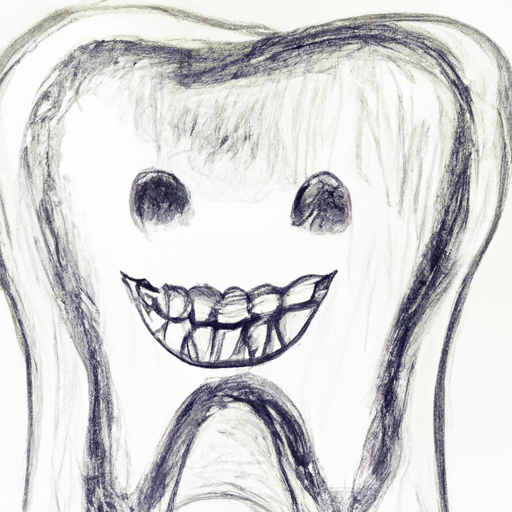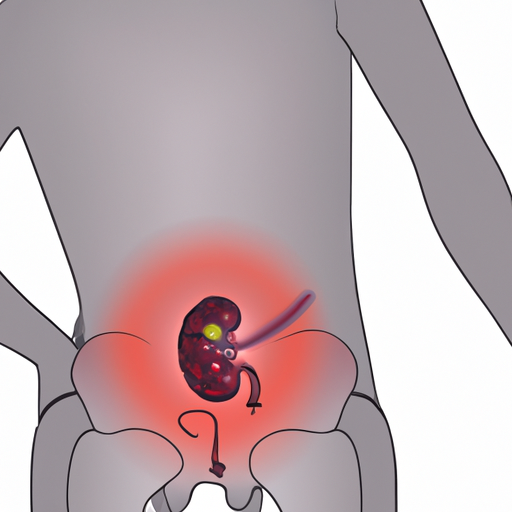Migraine, a debilitating neurological condition, affects millions of people worldwide. Characterized by intense headaches, nausea, and sensitivity to light and sound, migraines can significantly impact a person’s quality of life. In this comprehensive article, we will delve into the various aspects of migraines, including their causes, symptoms, and diagnosis. We will also explore the different treatment options available for migraine relief, ranging from medications to alternative therapies. Additionally, we will discuss coping strategies and prevention techniques that can help individuals better manage their migraines and lead a more fulfilling life. Whether you are a sufferer or simply curious about this pervasive condition, this article aims to provide valuable insights and practical advice for understanding and dealing with migraines effectively.
1. Understanding Migraine: Causes, Symptoms, and Diagnosis
Migraine is a debilitating neurological condition that affects millions of people worldwide. It is characterized by recurrent, severe headaches often accompanied by other symptoms such as nausea, vomiting, and sensitivity to light and sound. Understanding the causes, symptoms, and diagnosis of migraine is crucial for effectively managing and treating this condition.
The exact cause of migraine is still not completely understood. However, researchers believe that a combination of genetic and environmental factors play a role. It is believed that certain triggers, such as hormonal changes, certain foods, stress, lack of sleep, and environmental factors like bright lights or strong odors, can activate a cascade of events in the brain, leading to a migraine attack.
The most common symptom of migraine is an intense headache, usually on one side of the head. The pain is often described as throbbing or pulsating and can last from a few hours to several days. Other symptoms that may accompany a migraine attack include nausea, vomiting, dizziness, sensitivity to light and sound, and blurred vision. Some individuals may also experience an "aura" before the onset of the headache, which can manifest as visual disturbances, such as seeing flashing lights or zigzag lines.
Diagnosing migraine involves a thorough medical history review and a physical examination. There is no specific test to definitively diagnose migraine, so healthcare professionals rely on the patient’s description of symptoms and ruling out other potential causes of headaches. Keeping a headache diary, which tracks the frequency, duration, and triggers of migraine attacks, can be helpful in establishing a diagnosis.
It is essential to differentiate migraine from other types of headaches, as the treatment approaches may vary. In some cases, additional tests may be recommended, such as brain imaging scans, to rule out other underlying conditions.
Once diagnosed, the primary goal of migraine treatment is to alleviate the symptoms, reduce the frequency and severity of attacks, and improve the individual’s quality of life. Treatment options may include lifestyle modifications, such as identifying and avoiding triggers, getting regular exercise, and managing stress. Over-the-counter pain relievers, such as nonsteroidal anti-inflammatory drugs (NSAIDs), can be effective for mild migraines. However, for more severe or frequent attacks, prescription medications specifically designed to target migraines may be prescribed.
In recent years, the development of migraine-specific medications, known as triptans, has revolutionized the treatment of this condition. Triptans work by constricting blood vessels and blocking pain pathways in the brain. Additionally, preventive medications may be prescribed for individuals who experience frequent or severe migraines.
In conclusion, understanding the causes, symptoms, and diagnosis of migraines is crucial in effectively
2. Effective Treatment Options for Migraine Relief
Migraines can be debilitating and significantly impact a person’s quality of life. Fortunately, there are several effective treatment options available to provide relief from the symptoms and manage the condition effectively.
One of the primary goals of migraine treatment is to alleviate the pain and reduce the frequency and intensity of the attacks. The choice of treatment depends on the severity, frequency, and individual needs of the patient. Here are some effective treatment options commonly used for migraine relief:
1. Medications: Several medications are available that can help manage migraines. These can be classified into two categories: acute and preventive medications. Acute medications, such as nonsteroidal anti-inflammatory drugs (NSAIDs), triptans, and ergotamines, are taken at the onset of an attack to halt or minimize its progression. Preventive medications, including beta-blockers, anticonvulsants, and antidepressants, are prescribed for individuals with frequent or severe migraines to reduce the frequency and intensity of the attacks.
2. Lifestyle modifications: Making certain lifestyle changes can significantly reduce the frequency and severity of migraines. Identifying and avoiding triggers like certain foods, stress, lack of sleep, or excessive caffeine intake can be beneficial. Maintaining a regular sleep schedule, practicing relaxation techniques such as meditation or yoga, and engaging in regular exercise can also help manage migraines effectively.
3. Biofeedback: This non-invasive technique focuses on training individuals to control certain bodily functions that may contribute to migraines, such as muscle tension or changes in skin temperature. By learning these techniques, individuals can gain better control over their body’s response to stressors and reduce the frequency and intensity of migraines.
4. Botox injections: In cases of chronic migraines, where other treatment options have proven ineffective, Botox injections may be considered. Botox is injected into specific muscles of the forehead and neck to prevent migraine headaches. The treatment is typically administered every 12 weeks and has shown promising results in reducing the frequency and severity of chronic migraines.
5. Alternative therapies: Some individuals find relief from migraines through alternative therapies such as acupuncture, herbal supplements, or chiropractic adjustments. While the evidence supporting their effectiveness is limited, some people report positive results. It is important to consult with a healthcare professional before trying any alternative therapies to ensure they are safe and appropriate.
It is crucial to remember that each individual may respond differently to various treatment options. Therefore, it is essential to work closely with a healthcare professional to develop a personalized treatment plan that addresses the specific needs and preferences of the patient.
In conclusion, migraines can be effectively managed with a combination of medications,
3. Living with Migraine: Coping Strategies and Prevention Techniques
Living with migraines can be a challenging and debilitating experience for those who suffer from them. However, there are coping strategies and prevention techniques that can help individuals manage their condition and improve their quality of life.
One important aspect of living with migraines is identifying triggers that can lead to an attack. Common triggers include stress, hormonal changes, certain foods or drinks, lack of sleep, bright lights, and strong odors. By keeping a migraine diary and noting down potential triggers, individuals can gain insights into their specific triggers and take steps to avoid them. This may involve making lifestyle changes such as reducing stress levels, practicing relaxation techniques, maintaining a regular sleep schedule, and avoiding known trigger foods or environments.
In addition to trigger identification, it is essential for individuals to have a comprehensive treatment plan in place. This typically involves a combination of medication, lifestyle modifications, and alternative therapies. Medications for migraines include pain relievers, triptans, and preventive medications, which are typically prescribed by healthcare professionals. These medications can help alleviate symptoms and reduce the frequency and severity of migraines.
Lifestyle modifications can also play a significant role in managing migraines. Regular exercise, such as aerobic activities or yoga, can help reduce stress levels and improve overall well-being. Getting an adequate amount of sleep each night is crucial, as sleep deprivation can trigger migraines. It is also important to maintain a healthy diet and stay hydrated. Avoiding excessive caffeine, alcohol, and processed foods can help prevent migraines.
Alternative therapies, such as acupuncture, biofeedback, and relaxation techniques, may also be beneficial for some individuals. These therapies focus on reducing stress and promoting relaxation, which can help manage migraine symptoms. It is important to consult with healthcare professionals before starting any alternative therapies to ensure their safety and effectiveness.
Coping strategies are essential for individuals living with migraines. When a migraine attack occurs, finding a quiet and dark space to rest can help alleviate symptoms. Applying a cold or warm compress to the head or neck area may also provide relief. Engaging in relaxation techniques, such as deep breathing exercises or meditation, can help individuals manage pain and reduce stress levels.
Support from friends, family, and support groups can also be invaluable in coping with migraines. Sharing experiences and receiving emotional support from others who understand the challenges of living with migraines can provide comfort and reassurance.
Prevention techniques are equally important in managing migraines. This includes maintaining a consistent sleep schedule, avoiding excessive stress, and establishing a regular exercise routine. It is important to prioritize self-care and make time for activities that promote relaxation and well-being. By proactively managing triggers, following a treatment



